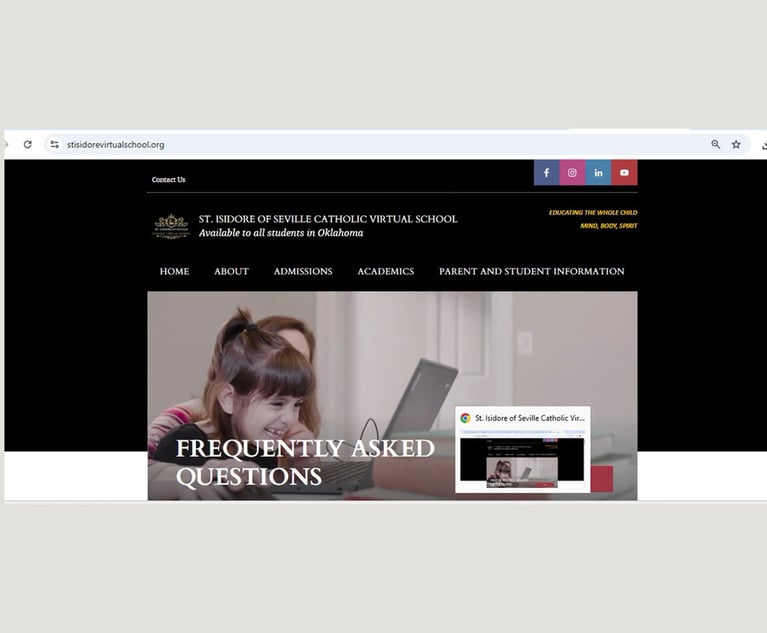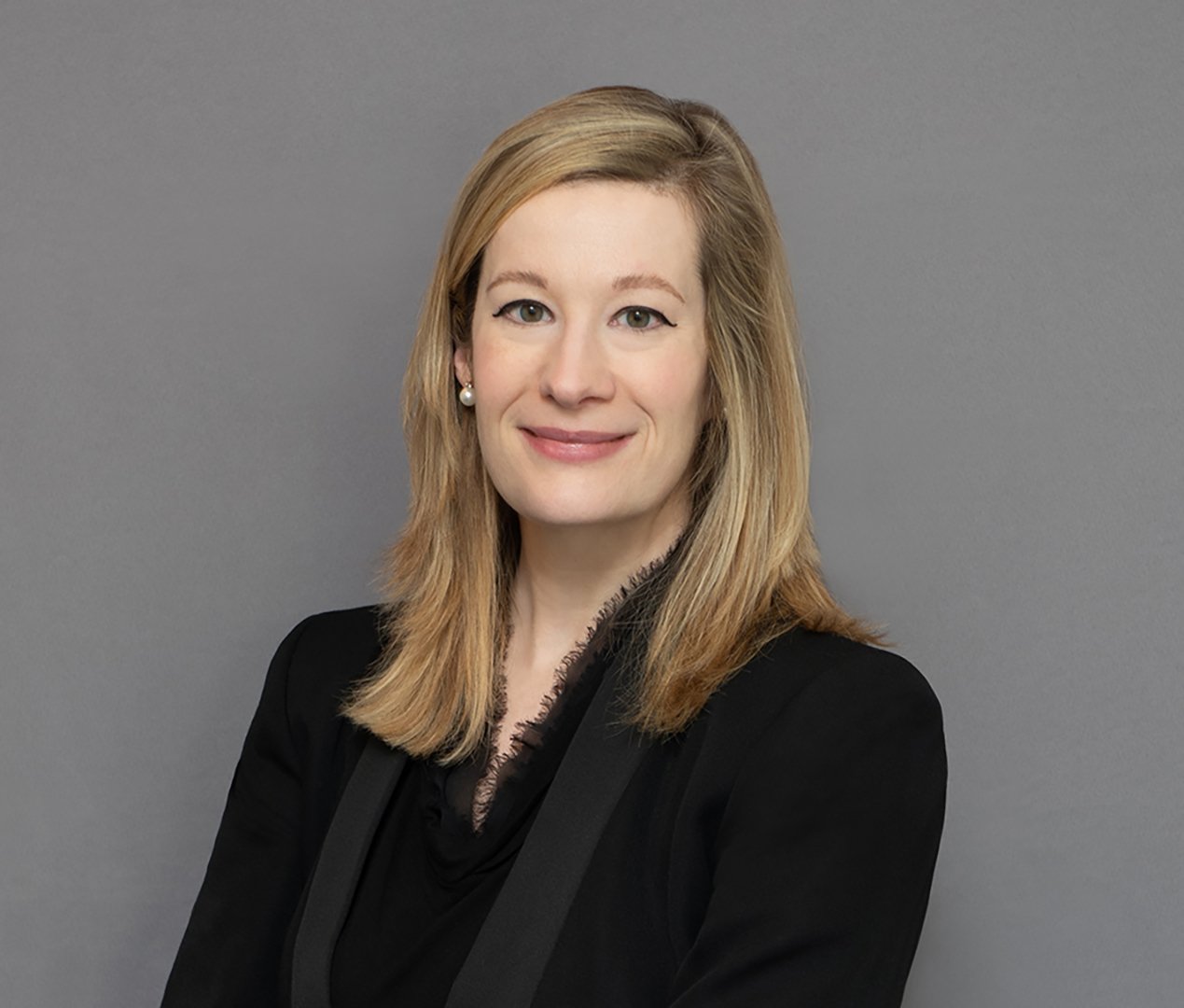 Justice Elena Kagan. Photo: Diego M. Radzinschi/ALM
Justice Elena Kagan. Photo: Diego M. Radzinschi/ALM The Marble Palace Blog: An Inside Look at How Justices Handled Oral Arguments During the Pandemic
During a recent conference, Justice Elena Kagan explained why colleagues were "very split" on how to make oral arguments work in the COVID-19 era.
August 26, 2022 at 12:14 PM
6 minute read
The original version of this story was published on National Law Journal
Thank you for reading The Marble Palace Blog, which I hope will inform and surprise you about the Supreme Court of the United States. My name is Tony Mauro. I've covered the Supreme Court since 1979 and for ALM since 2000. I semiretired in 2019, but I am still fascinated by the high court. I'll welcome any tips or suggestions for topics to write about. You can reach me at [email protected].
On July 21, Justice Elena Kagan made headlines by asserting that it would be "a dangerous thing for a democracy" if the Supreme Court loses "all connections with the public." She spoke before the judicial conference of the Ninth Circuit in Big Sky, Montana.
But at the same event, Kagan conveyed a lesser-noticed but compelling narrative. She told the lawyers and judges in the audience how she and her colleagues transformed their traditionally free-for-all oral arguments into structured telephonic comments and other scenarios during the pandemic. It wasn't easy, and Kagan indicated there was friction.
Excerpts from Kagan, as transcribed from C-SPAN:
> Sophisticated Equipment: "For the first year, we really just shut down the courtroom and we did oral arguments in the way that I know many courts did, remotely. In our case, we didn't even do it by Zoom. You couldn't see our faces. We did it telephonically. We all got sophisticated telephone equipment to put in our houses. Generally, we have a very free-flowing argument where everybody interrupts everybody else, both the lawyers and the judges. We couldn't figure out how that would work. We thought it couldn't work when we couldn't see each other, and when we weren't in the same building or in the same room. Instead, we just used a system where each of us got a few minutes. Sometimes it was three. Sometimes it was four. Sometimes it was five."
> Order of Seniority: "We went down the row in order of seniority. It would start with the chief justice, and then go to Justice Thomas, who's the senior associate justice, and then all the way down the line. Everybody would have their three or four minutes with the lawyer. In the rebuttal, we just agreed not to ask any questions. We got to the end of that year and the next year we decided we could go back to the courtroom. We didn't open it up to the public."
> Very Split: "We did open it to the press, people with press credentials. Then the question was, should we go back to the old way of arguing cases? We were very split on that, actually. I hope this isn't giving away secrets. Don't tell anybody if it is."
> Thomas, an Astute Questioner: "Some people really liked the new method that we had developed, the kind of one-by-one method, because it was more sort of orderly. There was less interrupting. It was less of a free-for-all. Also, I think … all of us liked the fact that Justice Thomas was a very active participant in that way of doing things. Justice Thomas really didn't like the free-for-all and didn't participate in it. But when … everybody had a turn, he became a very active and a very astute questioner, and everybody liked that."
> A Lot Lost: "Other people thought that there was a lot lost by the new method. I'll just say that I'm one of those other people. I thought that it was very stilted, that there was no real opportunity for follow-up among justices. Sometimes our most valuable moments come from one justice following on an other justice's questions and a kind of conversation among multiple justices and the lawyers. That kind of conversation couldn't take place. I felt as though I learned a lot less from arguments than I had previously in the free-for-all system."
> Opposing Camps: "We talked about this at conference, and we started off in opposing camps. We devised a solution that we thought 'Well, maybe that will work for all of us.' The solution was that it would be sort of our general free-for-all, but then there would be two amendments to it. The first is that if Justice Thomas wanted it, he would always have the privilege of the first question. That was not really a change in our practice, because in prior years of the court's operation, there had been senior associate justices or almost senior associate justices who typically had taken the first question."
> Everybody Starts Interrupting: "Then, at a certain point everybody just starts interrupting and asking their own questions and we can do the typical building-on-each-other and responding-to-each-other. But then we know that at the end of the argument, the chief justice is going to look at each of us and ask us whether we have anything further that we wish to ask. Then we could use our last part to follow up on anything that we thought remained on the table."
> A Better System: "I think honestly, all of us thought that was a better system than either the old one or the first pre-COVID one. Of course, we could change it again when we open up the courtroom to the public. But frankly, I doubt we will, because I think all of us liked it quite a lot and thought that we had by virtue of necessity created a system that was better than what had come before."
> Will Livestreaming Resume? Asked about livestreaming of oral arguments, Kagan said, "We haven't talked about this. I'm sure it will be a topic of conversation. The livestreaming was a consequence of closing the courtroom to the public. There might be arguments that once we open the courtroom to the public, we should get rid of the livestreaming, so go back to the old system. I personally would prefer to keep the livestreaming. I think that livestreaming has worked very well and we've seen no problems with it. But I only get one vote of nine."
Correction: This story has been updated to correct where the judicial conference of the Ninth Circuit occurred.
NOT FOR REPRINT
© 2025 ALM Global, LLC, All Rights Reserved. Request academic re-use from www.copyright.com. All other uses, submit a request to [email protected]. For more information visit Asset & Logo Licensing.
You Might Like
View All
‘Diminishing Returns’: Is the Superstar Supreme Court Lawyer Overvalued?

What’s at Stake in Supreme Court Case Over Religious Charter School?

Trump Seeks Pause of Supreme Court Cases, Disavows DOJ Stance on Voting Rights Act

Poop-Themed Dog Toy OK as Parody, but Still Tarnished Jack Daniel’s Brand, Court Says
4 minute readTrending Stories
- 1Public Notices/Calendars
- 2Wednesday Newspaper
- 3Decision of the Day: Qui Tam Relators Do Not Plausibly Claim Firm Avoided Tax Obligations Through Visa Applications, Circuit Finds
- 4Judicial Ethics Opinion 24-116
- 5Big Law Firms Sheppard Mullin, Morgan Lewis and Baker Botts Add Partners in Houston
Who Got The Work
J. Brugh Lower of Gibbons has entered an appearance for industrial equipment supplier Devco Corporation in a pending trademark infringement lawsuit. The suit, accusing the defendant of selling knock-off Graco products, was filed Dec. 18 in New Jersey District Court by Rivkin Radler on behalf of Graco Inc. and Graco Minnesota. The case, assigned to U.S. District Judge Zahid N. Quraishi, is 3:24-cv-11294, Graco Inc. et al v. Devco Corporation.
Who Got The Work
Rebecca Maller-Stein and Kent A. Yalowitz of Arnold & Porter Kaye Scholer have entered their appearances for Hanaco Venture Capital and its executives, Lior Prosor and David Frankel, in a pending securities lawsuit. The action, filed on Dec. 24 in New York Southern District Court by Zell, Aron & Co. on behalf of Goldeneye Advisors, accuses the defendants of negligently and fraudulently managing the plaintiff's $1 million investment. The case, assigned to U.S. District Judge Vernon S. Broderick, is 1:24-cv-09918, Goldeneye Advisors, LLC v. Hanaco Venture Capital, Ltd. et al.
Who Got The Work
Attorneys from A&O Shearman has stepped in as defense counsel for Toronto-Dominion Bank and other defendants in a pending securities class action. The suit, filed Dec. 11 in New York Southern District Court by Bleichmar Fonti & Auld, accuses the defendants of concealing the bank's 'pervasive' deficiencies in regards to its compliance with the Bank Secrecy Act and the quality of its anti-money laundering controls. The case, assigned to U.S. District Judge Arun Subramanian, is 1:24-cv-09445, Gonzalez v. The Toronto-Dominion Bank et al.
Who Got The Work
Crown Castle International, a Pennsylvania company providing shared communications infrastructure, has turned to Luke D. Wolf of Gordon Rees Scully Mansukhani to fend off a pending breach-of-contract lawsuit. The court action, filed Nov. 25 in Michigan Eastern District Court by Hooper Hathaway PC on behalf of The Town Residences LLC, accuses Crown Castle of failing to transfer approximately $30,000 in utility payments from T-Mobile in breach of a roof-top lease and assignment agreement. The case, assigned to U.S. District Judge Susan K. Declercq, is 2:24-cv-13131, The Town Residences LLC v. T-Mobile US, Inc. et al.
Who Got The Work
Wilfred P. Coronato and Daniel M. Schwartz of McCarter & English have stepped in as defense counsel to Electrolux Home Products Inc. in a pending product liability lawsuit. The court action, filed Nov. 26 in New York Eastern District Court by Poulos Lopiccolo PC and Nagel Rice LLP on behalf of David Stern, alleges that the defendant's refrigerators’ drawers and shelving repeatedly break and fall apart within months after purchase. The case, assigned to U.S. District Judge Joan M. Azrack, is 2:24-cv-08204, Stern v. Electrolux Home Products, Inc.
Featured Firms
Law Offices of Gary Martin Hays & Associates, P.C.
(470) 294-1674
Law Offices of Mark E. Salomone
(857) 444-6468
Smith & Hassler
(713) 739-1250








